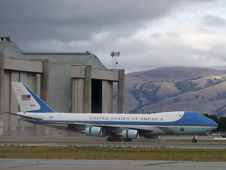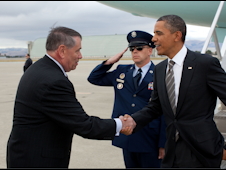NASA announced the modification of its NASA Launch Services (NLS) II contract with United Launch Services of Littleton, Colo., to add the Delta II rocket launch service in accordance with the contract's on-ramp provision. The modification will enable United Launch Services to offer as many as five Delta II rockets.
The NLS II contracts are multiple award, indefinite-delivery, indefinite-quantity contracts with ordering periods through June 2020. The NLS II on-ramp provision provides an opportunity annually for new launch service providers to compete for future missions and allows existing launch service providers to introduce launch vehicles not currently on their NLS II contracts.
The NLS II contracts provide for a minimum capability of delivering agency payloads weighing approximately 550 pounds or more to a minimum 124-mile-high circular orbit with a launch inclination of 28.5 degrees. The launch service providers also may offer a range of vehicles to NASA to meet higher payload mass and orbit requirements.
The NLS II contracts support the goals and objectives of the agency's Human Exploration and Operations and Science Mission Directorates. Under the contract, NASA also can provide launch services to other government agencies, such as the National Oceanic and Atmospheric Administration.




